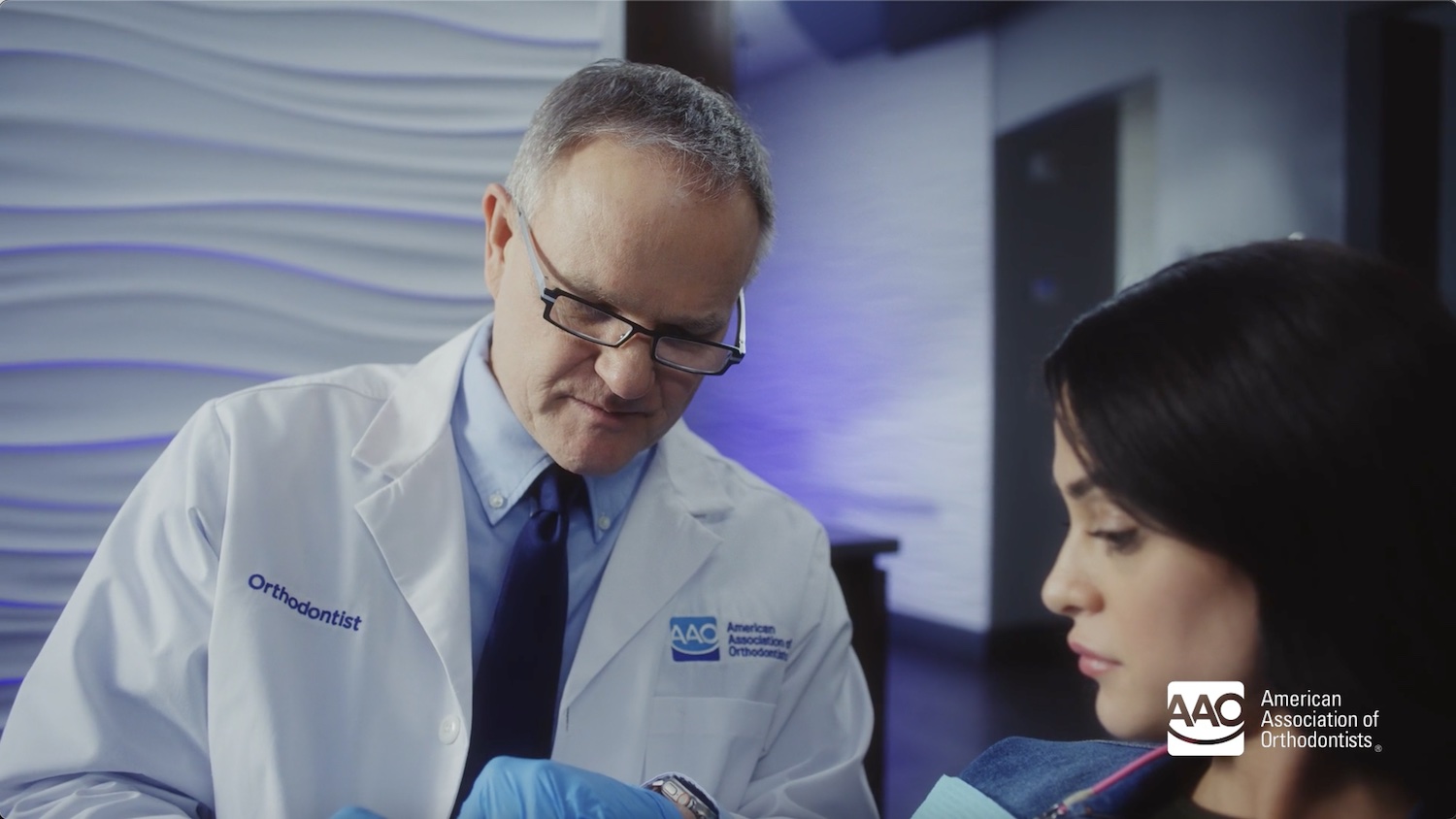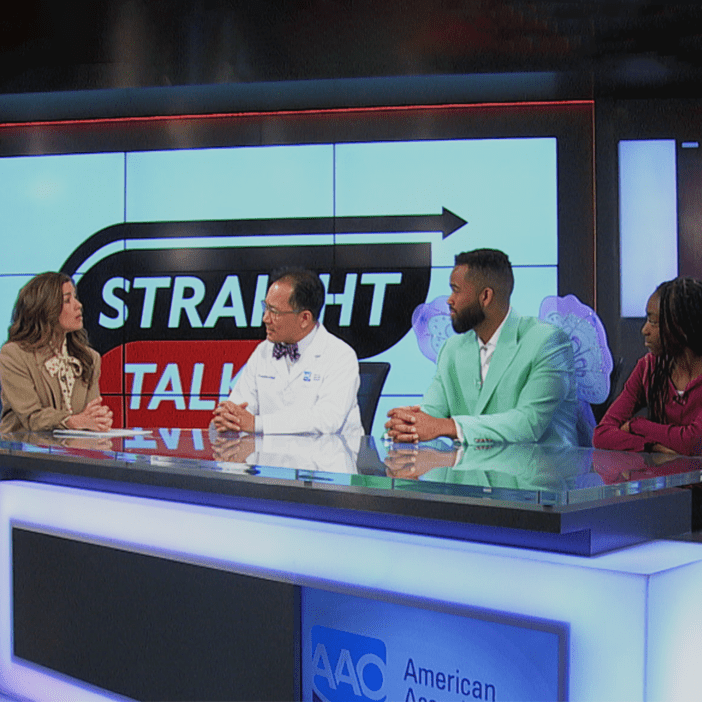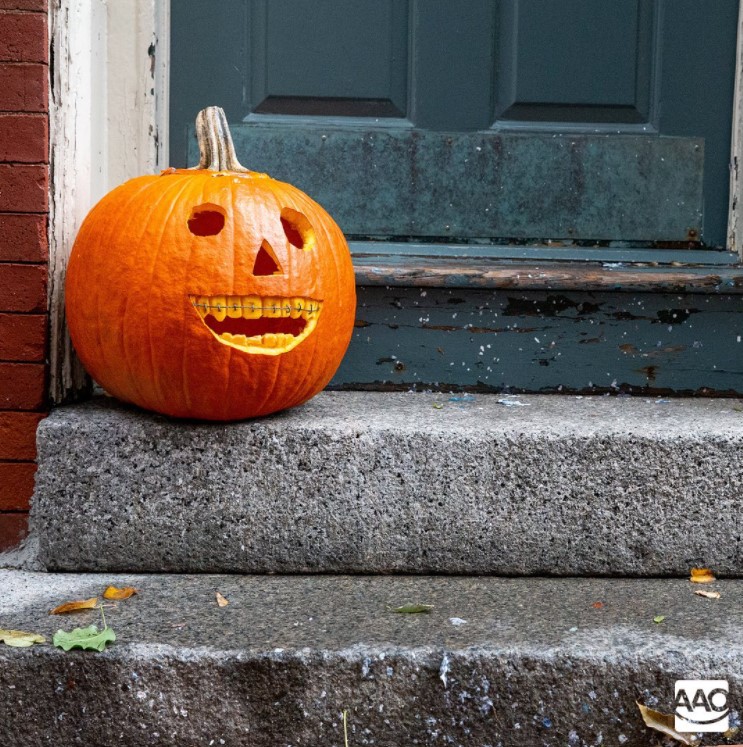
Beneath the Surface: The Critical Role of In-Person Consultations and Orthodontic X-Rays
Orthodontic treatment creates a more aesthetically pleasing smile while ensuring your teeth and jaws are healthy and function properly. This transformative treatment begins with an in-person consultation, where your orthodontist will use X-rays or dental imaging to gain a complete picture of your oral health and create a tailored treatment plan that meets your unique … Continued









